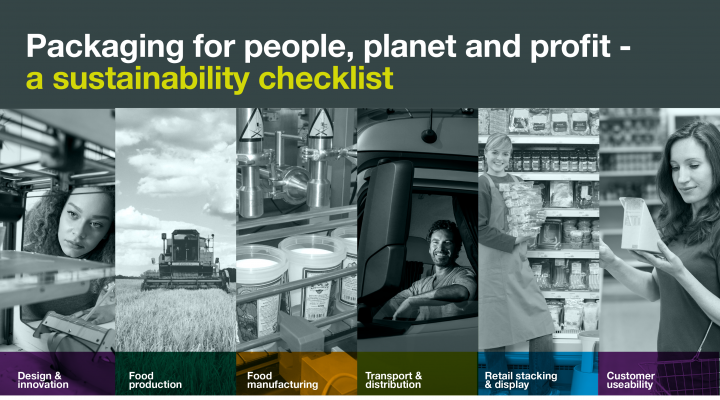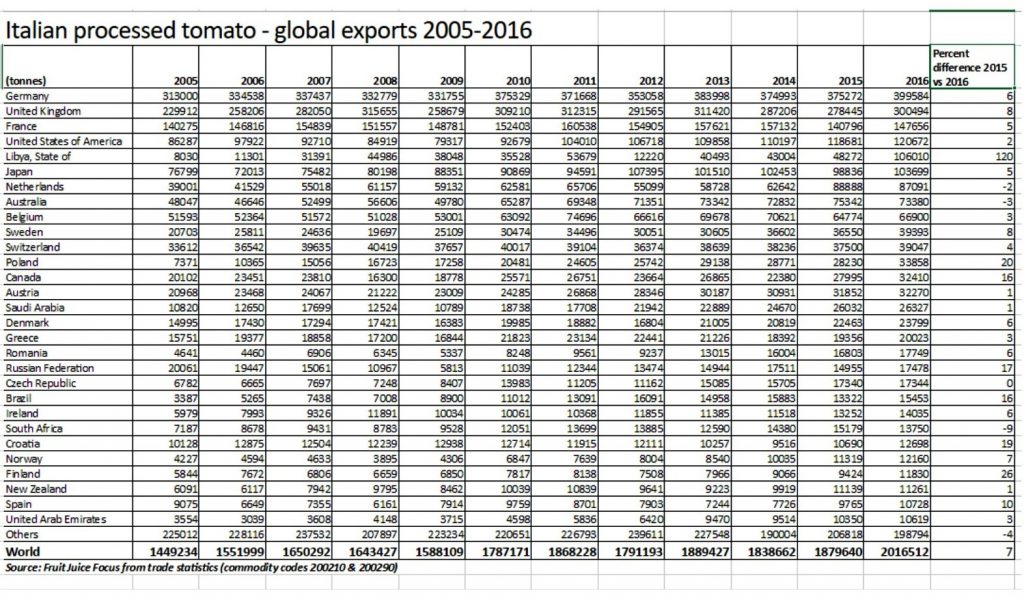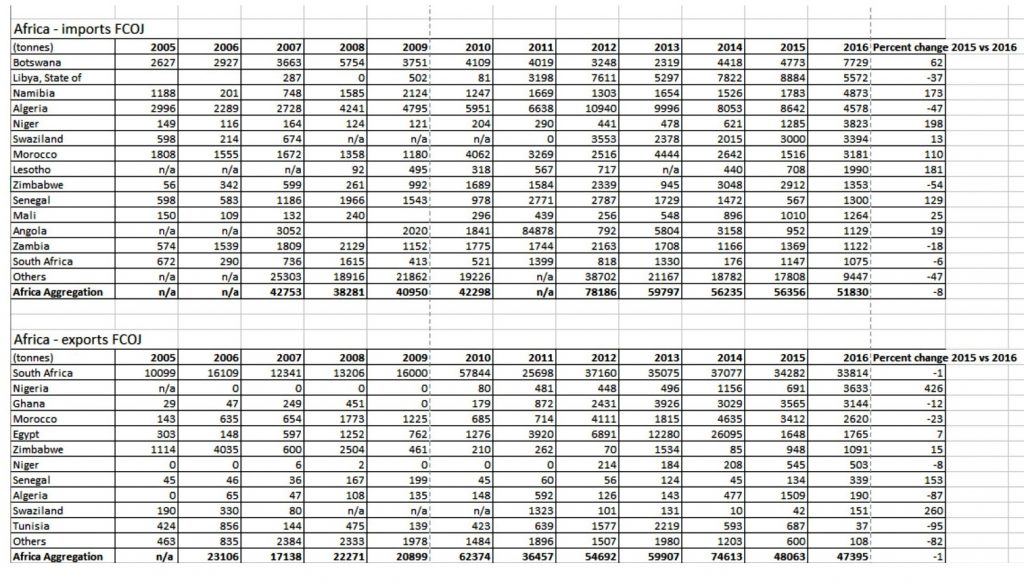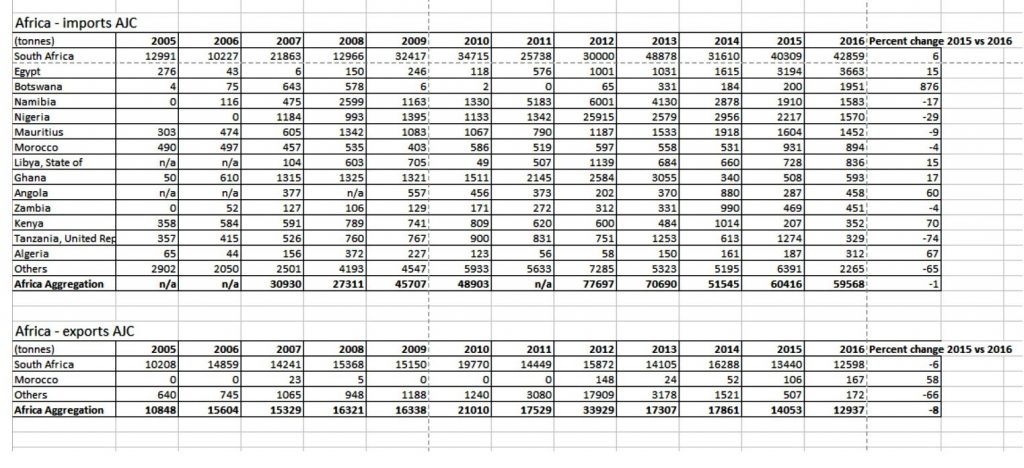The UK Food and Drink Federation (FDF) and the UK Industry Council for research on Packaging and the Environment (INCPEN) have recently published Packaging for people, planet and profit – a sustainability checklist.
With a foreword from the UK Environment Minister Thérèse Coffey, the checklist will help companies in the fruit juice industry choose and optimise their packaging systems in order to continuously improve the sustainability of their value chain. It provides practical guidance for companies to improve resource efficiency at all stages of a packaged product’s journey while ensuring that the essential functionality of the packaging is not compromised. While including references to relevant regulation and guidance, the checklist also encourages companies to go above and beyond legal requirements.
“We have made great progress in boosting recycling rates and making more packaging recyclable, and we continue to see exciting innovation in this area. But there is still much more to be done to increase sustainability across the supply chain – from producers and into the home.” Says Thérèse Coffey. “That’s why it is so encouraging to see food and drink manufacturers, packaging companies and retailers working together on the Wrap Framework for Greater Consistency in Household Recycling, sharing a vision to make recycling at home significantly easier for the wider public.”
It will support businesses in considering packaging as part of the total product system for delivering products from point of production to point of consumption. This in turn will help strike the optimal balance between the often competing demands of designing packaging for optimum functionality, reuse and recovery considerations, and reduced transport impacts.
The checklist also represents the first deliverable under FDF’s Ambition 2025 - to minimise the impact of used packaging associated with food and drink products and to encourage innovation in packaging technology and design that contributes to overall product sustainability.
“This guidance will help businesses choose and optimise their use of packaging in ways that will contribute to a net improvement in the use of resources across the value chain” Says Helen Munday, Director of Food Safety, Science and Sustainability and Chief Scientific Officer, Food and Drink Federation. “This improvement can be achieved whilst continuing to ensure that food safety and quality requirements are not compromised. We encourage all food and drink operators to use it.”
The checklist looks in detail at the functionality of packaging, re-use, recovery and recycling and transport including design and innovation, manufacturing, distribution, retail stacking and display and customer usability.
Jane Bickerstaffe, Director of INCPEN, sums up saying: “The checklist will help companies improve packaging for food and drink and other products, make it more consumer-friendly and make supply chains more resource-efficient. Supply chain companies are more aware of, and responsive to, environmental concerns than many businesses. This checklist will help them demonstrate that responsiveness to the public.”
To download the checklist go online to https://www.fdf.org.uk/packaging-checklist.aspx








